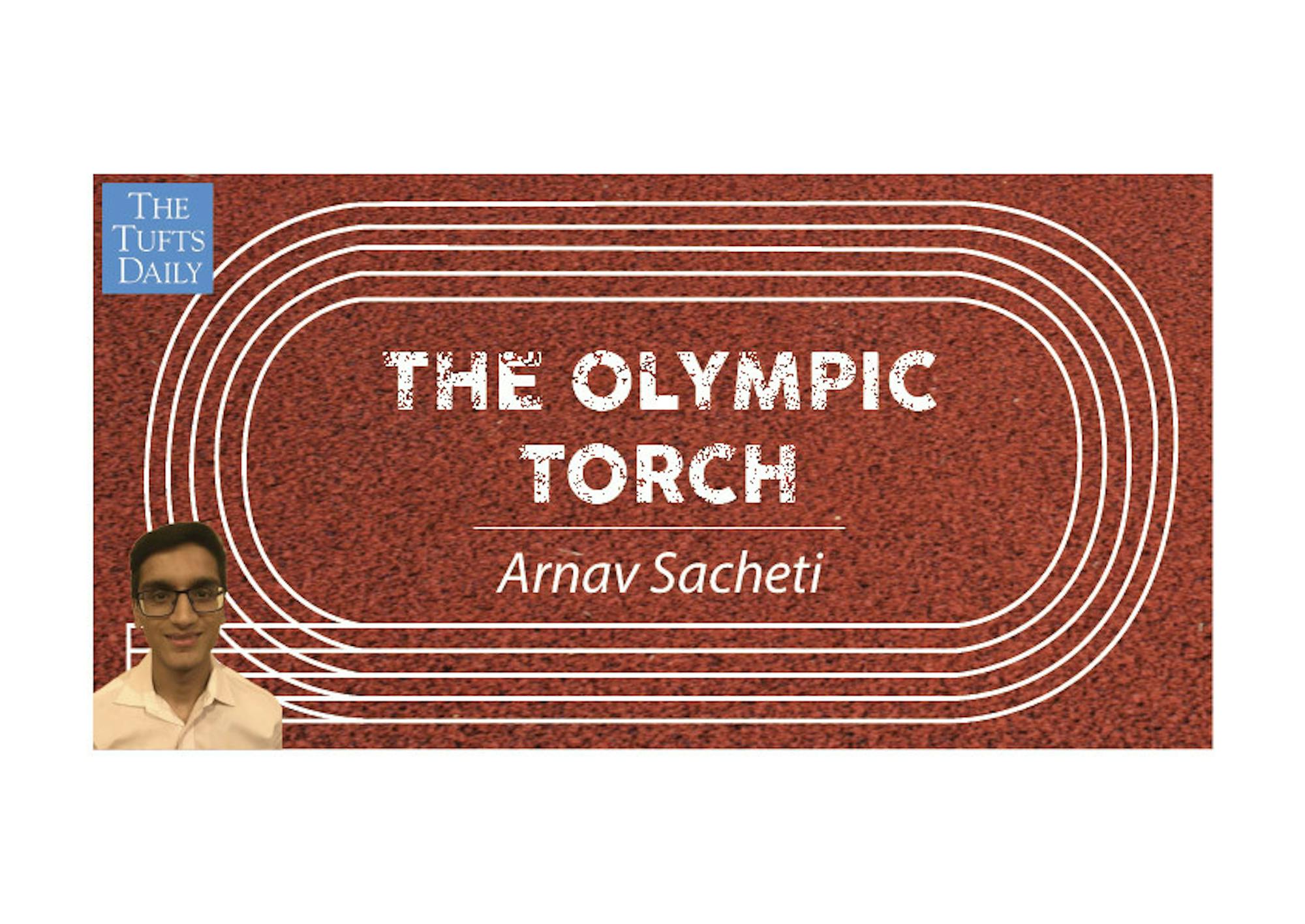There comes a point in the life of every sport when a tweak needs to be made. This may be because players are exploiting certain rules too much, a specific change will let teams have more success statistically or simply because the games are not as fun anymore.
That is exactly what has happened with international five-on-five basketball. Since 1992, the United States men’s and women's basketball teams have each decisively won gold in all but one Olympics (the women got bronze in Barcelona in '92 and the men got bronze in Athens in '04).
Most recently in 2016, the United States men's team ripped through its Olympic competition, winning by an average of over 20 points per game and beating two teams by more than 40 points. This level of dominance occurred in spite of the country’s top talent from Stephen Curry to LeBron James to Kawhi Leonard electing not to play due to the Zika virus and injury concerns. Meanwhile, the United States’ women's team also cruised to the gold medal in Rio, beating Spain in the final by 29 points. In the preliminary round the U.S. women's team beat the runner-up team from Spain by 40 points.
As the men showed in Rio, America’s "B team" can destroy every other team in the world, often rendering the games uncompetitive and unwatchable. It was clear that Olympic basketball desperately needed a tweak.
Because five-on-five is so deeply rooted in global hoops culture, small tweaks have little ability to reverse the trend of uncompetitive Olympic basketball. Therefore, something major was needed.
Luckily, for this year’s Tokyo Olympics, the International Olympic Committee has introduced 3x3 basketball as one of its events. With five-on-five basketball still going strong, the three-on-three game will add an element of novelty and excitement to the world of international basketball.
Regarded as the world’s number one urban team sport, according to olympic.org, the three-on-three game provides an element of relatability for fans that the five-on-five version rarely does. While five on five is the epitome of organized basketball, far more people play "pickup" or “streetball,” which is an outdoor, half-court version that requires fewer players and is akin to what the three-on-three Olympic game will look like.
From a young age, kids all around the world learn toughness and grit from battling it out on the blacktop. They meet new people at the courts and build lasting friendships with teammates, while learning to respect their opponents. In these ways, “streetball” is an identity and character builder that speaks to everyone who has picked up a basketball. Most importantly, unlike the organized five-on-five basketball, there are few financial barriers to entry as one needs only a basketball and a few friends to play.
Three-on-three basketball has already started to make a public name for itself in American circles. Primarily, it has allowed individuals who were unknown or underappreciated in the five-on-five game to rise into the spotlight.
The Big3, which was started by American rapper Ice Cube, is a 3x3 league started primarily for retired NBA players. It has given players such as Joe Johnson an opportunity to show that they can still hoop. In 2019, Johnson won the Big3 MVP award during a period where he was unable to get onto an NBA team. After his stellar Big3 season, Johnson got multiple offers from NBA teams and was able to join the Detroit Pistons, showing the power of marketing that the three-on-three game can provide.
The fun of the three-on-three game will be brought to the world stage through the Olympics, not only by finally instituting some international parity into the game, but also by giving countries the opportunity to showcase their previously unknown or overlooked talents. For example, Guyana’s men’s 3x3 basketball team is competing in the 2021 FIBA AmeriCup with the hope to qualify for the Olympics. With relatively little recognition in the five-on-five space, Guyana hopes that through their team’s play in the three-on-three format, local basketball will experience a boost in popularity.
With the ability to inspire a country of close to a million, what three-on-three ball can do for Guyana and other less basketball-oriented countries is exciting. Get your popcorn ready.






